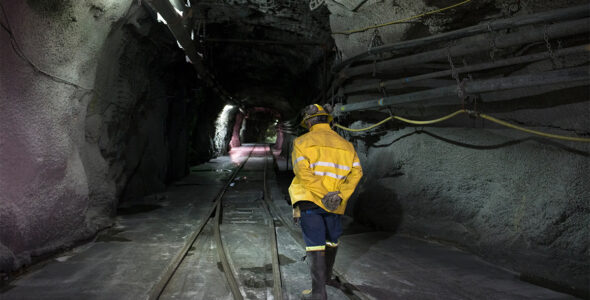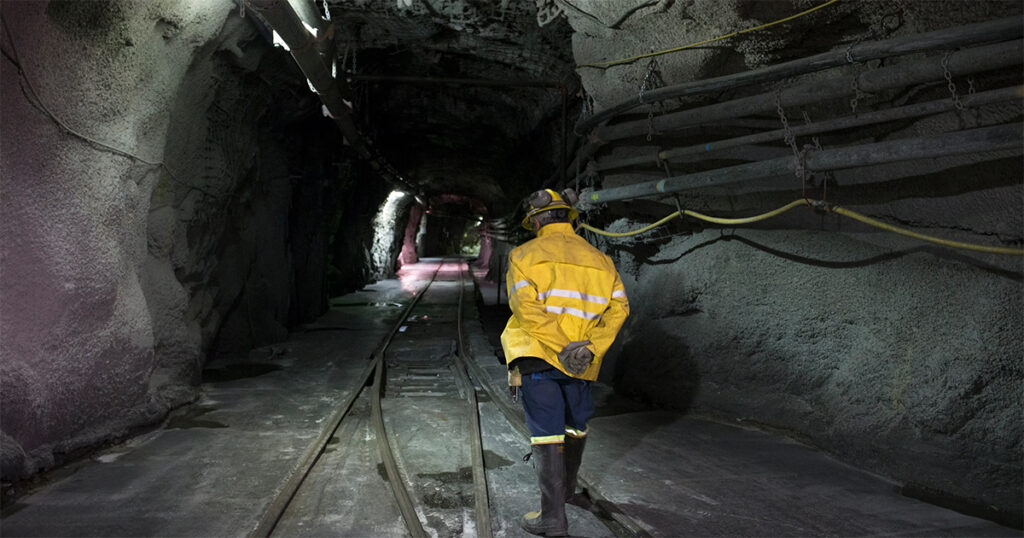Project Overview
Deep within the heart of the earth, at depths ranging from 5,000 to 7,000 feet (1,500 to 2,130 meters) below the surface, lies the Resolution Copper Project – a colossal untapped treasure trove. This exceptional deposit, one of the largest undeveloped copper reservoirs globally, boasts an average copper grade of approximately 1.5%. This remarkable resource has the potential to revolutionize the copper industry.
Unveiling the Copper Bounty
The forthcoming ore production from this ambitious endeavor is nothing short of awe-inspiring. After meticulous construction and extensive ramp-up periods, it anticipates an astonishing daily output of around 132,000 tons (120,000 tonnes). Over the span of four decades, the mine aspires to yield an astounding 40 billion pounds of copper. This is a significant contribution to the global demand for this versatile metal.
A Glimpse into History
The region surrounding Superior, Arizona, has a rich mining heritage dating back to the 1870s. The venerable Magma Mine, nestled in the town of Superior, commenced its operations in 1910 and persevered until 1996. The site’s historical significance, coupled with the potential for a prosperous new copper deposit, prompted the site’s revival post-closure. In 2004, Resolution Copper Mining assumed stewardship of the Magma Mine site.
The Journey to Approval
The inception of the Resolution Copper Project was marked by the initiation of the U.S. permitting process in 2013. Subsequently, the United States Forest Service (USFS) undertook a thorough and independent review, adhering to the National Environmental Policy Act (NEPA). This rigorous evaluation paved the way for a decade of construction before mining operations could commence.
To date, esteemed project partners, with Rio Tinto holding a 55% stake and BHP 45%, have invested over $2 billion in the development and permitting of the Resolution Copper project.
Dedication to Conservation
Mining undeniably alters landscapes, but a commitment to environmental stewardship remains unwavering. Initiatives such as the reclamation of the historic Magma Mine site, preservation of Arizona hedgehog cacti, and conservation efforts for monarch habitats are all part of a dedication to safeguarding the delicate balance between critical environmental elements.
This commitment extends to working closely with the local community and partners to progressively rehabilitate the land throughout operations.
Navigating the Permitting Process
Before realizing the full potential of the proposed mine, approvals from federal, state, and local agencies are essential. This arduous journey involves aligning mine plans with NEPA requirements and gaining approval from the federal government.
The Permitting Odyssey
In 2013, Resolution Copper submitted a comprehensive Mine Plan of Operations to the U.S. Forest Service (USFS). This document outlined plans for design, construction, operation, and eventual closure of the mine. Additionally, it detailed strategies for safeguarding water, air, and biological resources in and around the project.
The USFS formally announced its intention to develop a Draft Environmental Impact Statement (EIS) for the project, opening the door for public input on the proposal. This initiated years of community engagement in the review process.
In August 2019, the agency issued a Draft EIS, providing insights into project impacts, mitigation strategies, and alternatives to the mine plan. Following extensive public review and feedback, the USFS and other agencies conducted further analysis, potentially requiring refinements to the proposal.
January 2021 marked a pivotal moment when the USFS released the Final EIS, addressing public concerns and any necessary changes. Alongside the Final EIS, a Draft Record of Decision (ROD) was unveiled. A federal land exchange is set to transpire within 60 days of the Final EIS’s publication.
During the subsequent 45-day period, the public retains the right to voice objections to the decision. The USFS is committed to addressing these concerns within 90 days. Once this process concludes, and a Final ROD is obtained, the USFS can issue the final approved plan of operations.
Only after securing final approval, along with dozens of additional permits, can the Resolution Copper project embark on its journey to produce copper for a world eager to embrace technological and environmental innovation.
For more information, visit the Resolution Copper Project website.


